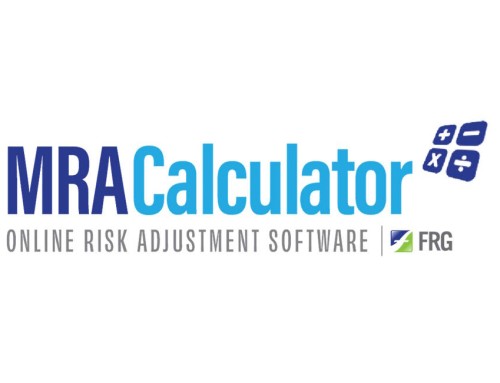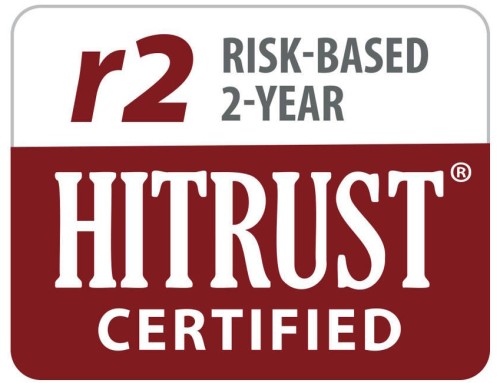This article provides a framework for understanding medical risk adjustment and an overview of business processes critical to successfully performing under a global capitation arrangement.
Medical Risk Adjustment: Foundations
Medical Risk Adjustment, as discussed in this article, refers to a process by which funds, in the form of healthcare premiums, are allocated to efficiently match expected medical costs. Medical Risk Adjustment emerged from the challenges of administering Global Capitation agreements. Broadly speaking, these agreements are provider payment models in which a sponsoring party (i.e. sponsor) on a prospective basis provides a fixed pro-rata funding allocation to a service-providing party (i.e. health plan or provider) for the benefit of an eligible population (i.e. member).
The earliest example of a global capitation program that faced challenges was the Medicare+Choice program administered by Center for Medicare and Medicaid Services (CMS). In the late 1990’s, many health plans chose to exit the program chiefly due to losses arising from members with complex conditions for whom sufficient revenue was not provided. Over the next decade, CMS introduced the complex HCC-based framework that underpins Medicare Advantage.
The underlying challenge is this simple problem: sponsor organizations contracting to pre-pay for services (and those entering agreements to provide them for an upfront fee) must find a way to estimate an appropriate amount to pay (and receive). Since the primary drivers of cost are a) how many members are in the population and b) how likely any one of them is to need medical care, a medical risk adjustment system typically involves a per-member payment formula in which the payment made for an individual depends on his or her health status.
This simple framework turns out to be complex to operationalize. Evaluating an individual’s health status requires knowing their documented health conditions. Pre-paying requires that you know them in advance. Building models from this data to forecast cost requires that you have them codified to compare with other similarly codified cost data. Further, health status changes over time, so estimates based on prior periods of good health will create funding shortfalls during periods of acute conditions or initial onset of chronic conditions. Conversely, allocations made based on periods of documented illness need to be adjusted after resolution of acute conditions. Finally, since gathering information about health status is typically done through the clinical encounter process, typically the provider has to do the work to help the sponsor make the right allocation. In this context, mechanisms to accomplish Medical Risk Adjustment are complex.
Practical Considerations
Medical risk adjustment is relevant in multiple contexts. CMS administers a risk adjustment program for its Medicare Advantage program. Many state-based Medicaid plans, and Next Generation Accountable Care Organizations (ACOs) have adopted Medical Risk Adjustment methods to accomplish similar goals through different means. They share the following practical considerations for designing patient management processes:
- Risk adjustment model data requirements make data capture in the clinical encounter vital
- Long adjustment cycles make patient retention key for return on “data” investment
- Ongoing documentation requirements demand an active scheduling program
Make the Most of Every Encounter
Capturing data during the clinical encounter has always been important for billing and efficient operations, but in a medical risk adjustment environment, it is more so. This is chiefly due to the level of specificity required for proper risk adjustment. When providers can’t bill because the services are pre-paid, but they are required to send an encounter documenting that services were performed, it is tempting to simply record the 99213 procedure code for a level-3 office visit with the minimum number of required diagnoses to demonstrate a multiple organ system review. However, missing the opportunity to record the full complexity of the patient’s diabetes – the retinopathy, the foot pain and the other complications, for example – can reduce next year’s revenue for the patient materially. Over time, and over enough patients, it’s real money.
And retro-fixes are expensive. Chart reviews require a trained professional, abstracting at $10-$15 an hour from notes. While there is ROI for retrospective review, but it’s better to capture the revenue as part of the process. Rework is waste in operations processes, and retrospective review is a classic example. Worse, if the oversight is missed on the patient’s only office visit during the year, the gap won’t be closed in time to recapture the characteristics and properly risk adjust the member’s revenue profile. The incentive to capture specificity in every encounter is real.
If conditions are missed, there is an opportunity to correct them, but corrective review cycles are long. In the case of Medicare Advantage risk adjustment via the HCC process, patients developing conditions in December of one year will not have a properly balanced revenue allocation until July of the following year – if the December encounter is properly documented. If the encounter is incomplete, missed conditions can take months to discover and re-submit and not be realized until as late as the August of the following year. Similar delayed-payment correction schedules are present in Next Generation ACO and Medicaid risk adjustment models.
Patient Retention Creates Opportunity for Realizing Revenue Correction
Delayed payment correction also increases the importance of patient satisfaction and retention. Since the timeline stretches the result of corrected coding into the future – and the revenue from the corrections is realized in the future periods – retaining patients through the future period is the best way to capture the benefit of correct coding initiatives for globally capitated providers at risk.
An unexpected complication of these time delays for risk arrangements is their effect on financial performance analysis and business decision-making – especially in underperforming risk arrangements. A provider organization at risk with mismatched revenue and expenses will likely have uncomfortable conversations with the sponsoring health plan. Worse, depending on how the global capitation contract treats prior period restatement, a long-underperforming group may never see the proceeds from late efforts to make retro-corrections if shortfalls trigger critical corrective clauses in the agreement.
Understated coding is chiefly the result of an operational process that is not well tuned. One scenario is dropped coding specificity from completed visits, as discussed earlier. However, missed opportunities to properly risk adjust membership can also result from scheduling issues. Patients who miss critically timed appointments can lose all specificity in the subsequent year. Overscheduling of members whose profile has been sufficiently documented can crowd-out the under-evaluated members of the panel. While sometimes this happens for clinical reasons, an active scheduling system can help to balance the classification needs with the provision of care needs.
Implement an Active Scheduling Approach
An active scheduling system in this context is an operational process by which the most medically complex cases are seen at-a-minimum in the first and third calendar quarters and care needs are met proactively for all other members in the remaining openings. Balancing revenue-accuracy appointments with the care-driven and utilization-oriented appointments in this way is vital to risk-bearing providers because they are responsible for both sides of the equation. The money fuels the mission axiom applies here, but the process requires new thinking. The actively created frequency of visits helps to ensure that the conditions for each member are documented in time for the most accurate risk adjustment to be reflected in the initial and mid-year revenue allocations. Traditional fee-for-service-oriented operations staff to demand and strive to stimulate overstaffed centers. Active scheduling, on the other hand, requires a segmented panel view. Both can be used to deliver quality primary care, but only the former enables consistent quality care and accurate risk adjustment for each member.
Outlook
Risk Adjustment isn’t perfect, but it is likely to stick around. Resources are finite, and the care demands of the population are growing. The need to continuously improve the efficiency of resource allocation mechanism is only going to intensify as medical obligations of federal and state governments grow.







Leave A Comment